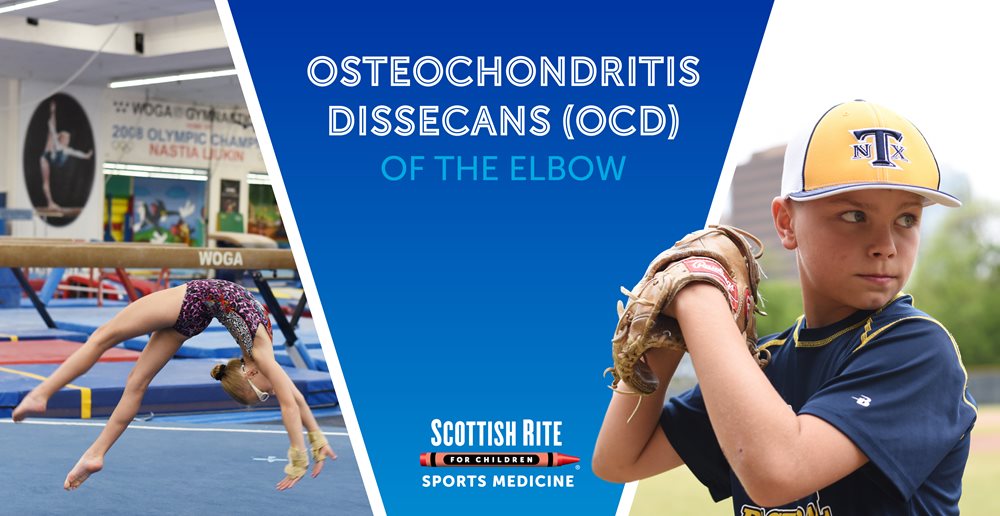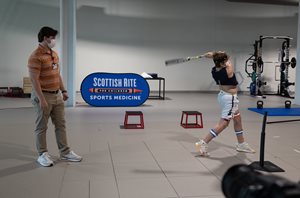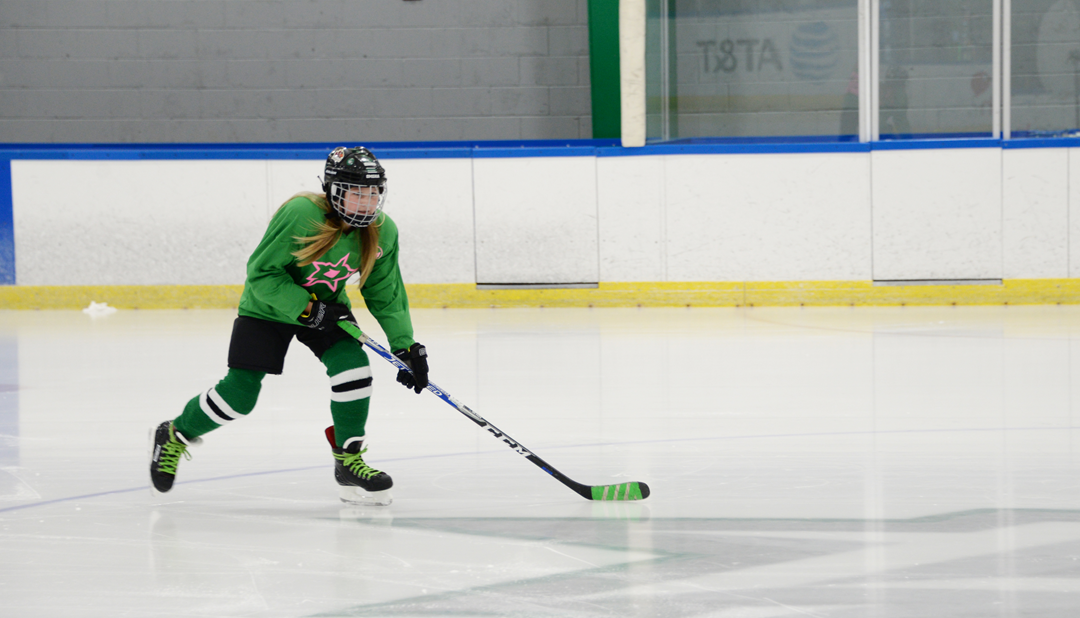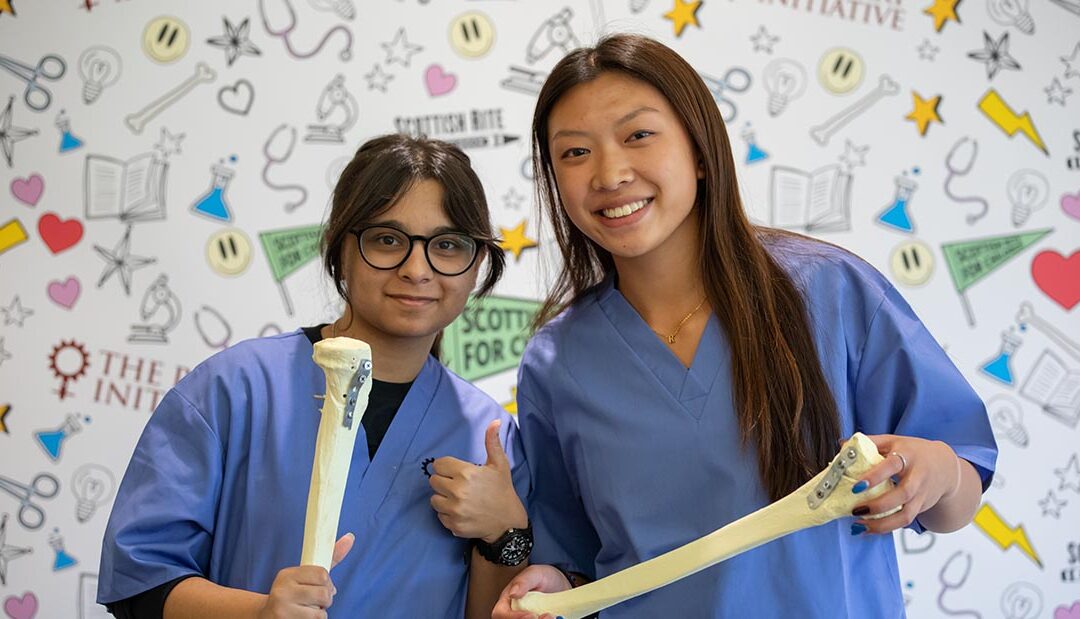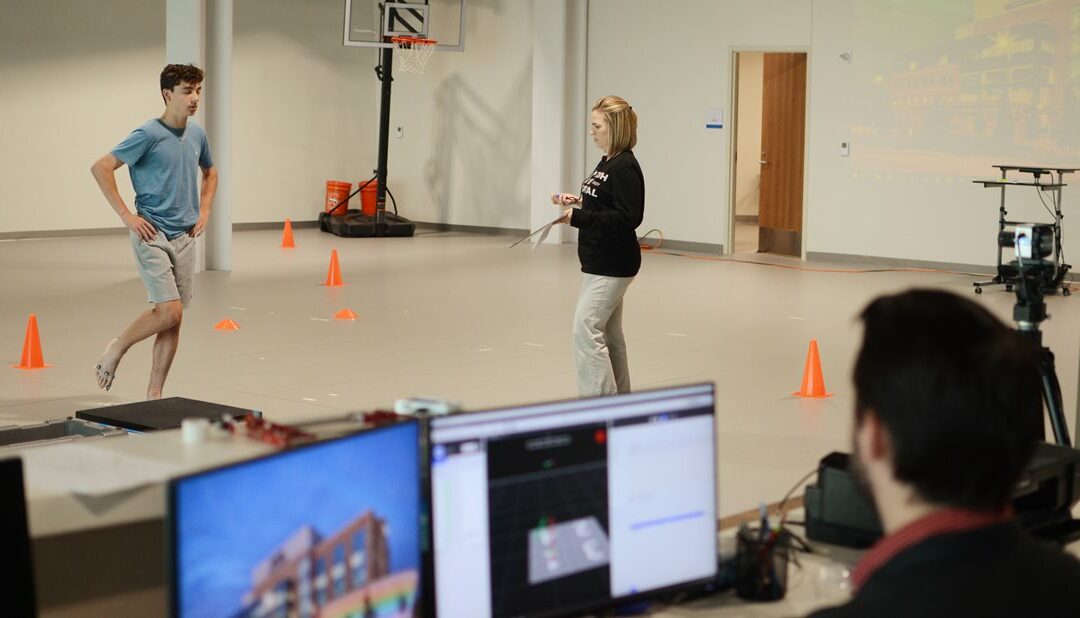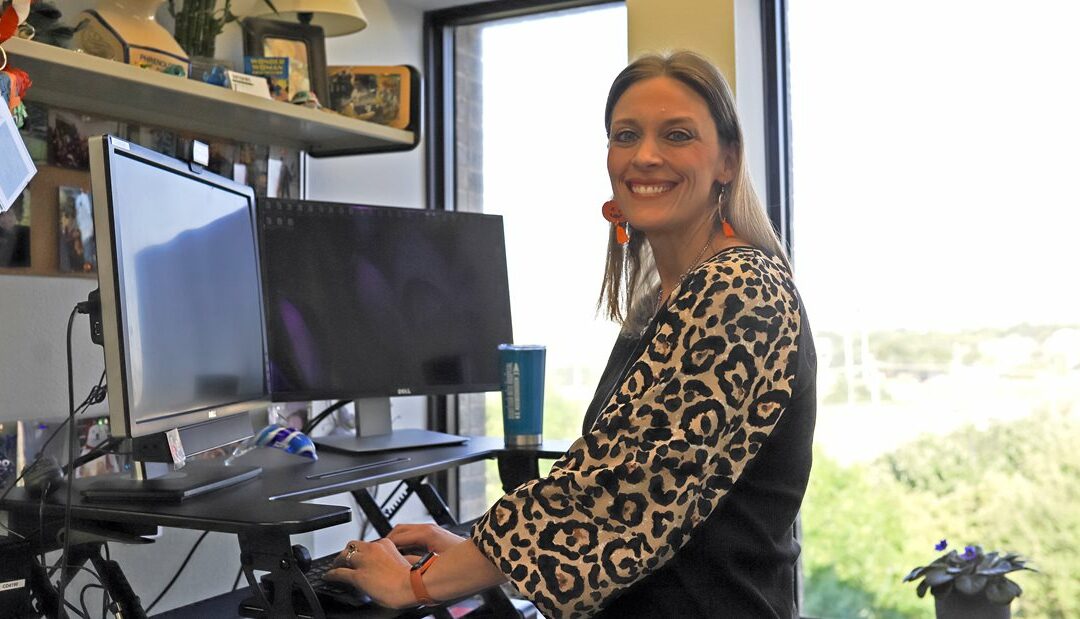
Get to Know our Staff: Stephanie Forbis, Dyslexia
I am currently the center coordinator for the Luke Waites Center for Dyslexia and Learning Disorders. I started with Scottish Rite in 2006 as an assessment specialist, became the diagnostic services coordinator in 2013 and shifted to my current role in 2021. Each step has provided a whole new world of experiences!
What do you do on a daily basis or what sort of duties do you have at work?
My role is an interesting combination of clinical and administrative. I have some form of direct patient care each day, either providing patient learning assessments or conducting clinical consultations with patient families. I support the LWCDLD team with any problems that might need solving. In the context of my role, I have the opportunity to support many projects and presentations, which allows me to build relationships with folks in IT/Empower, Media, Communications, Engineering, Environmental Services, and HR. It’s exciting to meet people in other departments and have the ability to work alongside of them to meet a common goal. And, as with most administrative roles, I attend a lot of meetings!
What was your first job? What path did you take to get here or what led you to Scottish Rite? How long have you worked here?
My father is a Methodist minister. My very first “real” job was working on the daycare center at one of his churches. I knew from a very early age that I would form my career around children!
While in graduate school, I managed a 7-Eleven not far from my university campus. There was a very kind woman, Jeri McClendon, who would stop in almost every day for a Diet Coke and drop off cookies on all major holidays. One day, while visiting, she asked about my background, studies and hopes for the future. I told her I wanted to work with children and my dream job would be evaluating them for learning disorders and associated mental health challenges. Jeri, who was an assessment specialist in the Center for more than 20 years, insisted I apply for an opening. She supported me through the rigorous interview and hiring process and provided my initial training once hired. I firmly believe people are put into our lives to help shape our futures. Mrs. Jeri was definitely one of those for me!
What do you enjoy most about Scottish Rite?
I have been part of the Scottish Rite family for 16 years. While here, there have been many changes. One of the aspects that has remained the same is our mission. We support patients and their families with warmth and kindness. We strive to make challenges understandable and encourage hope while explaining next steps. Working alongside parents to change the trajectory of their child’s life is the most rewarding part of each day.
Tell us something about your job that others might not already know?
I quite literally learn something new every day. Between my interactions with colleagues, patients and families, I pick up a new skill, strategy, fact, concept, leadership technique, stress management tool, diagnosis or best way to write a challenging report at least once daily. Some days provide even more opportunity for growth and really get the neural connectivity flowing!
Where is the most interesting place you’ve been?
My husband and I spent our honeymoon in Rome. It was fascinating to take the subway, exit and be standing directly in front of the Colosseum or to walk through a rather modern neighborhood, turn a corner and spot the Pantheon. The architecture, history, culture (and rather reckless moped drivers!) were truly special.
What is your favorite game or sport to watch and play?
My daughter is a competitive artistic roller skater — think ice skating on wheels. I love to watch her passion for the sport and her teammates, as well as her drive to consistently improve. The athletes show off their gifts in a multitude of events that include both individual and group participation. During meets, they wear fabulous costumes and way too much makeup, which is my daughter’s favorite part. While she has not yet talked me into strapping on skates, I feel like part of the team!
If you could only eat one meal for the rest of your life, what would it be?
I’m a Tex-Mex girl! I could easily live off of chips and queso, fajitas and chalupas for breakfast, lunch and dinner.
What’s one fun fact about yourself?
I love to read! I have two books (one text, one audio) in progress at any given time. I am a fan of a variety of genres and love recommendations.
